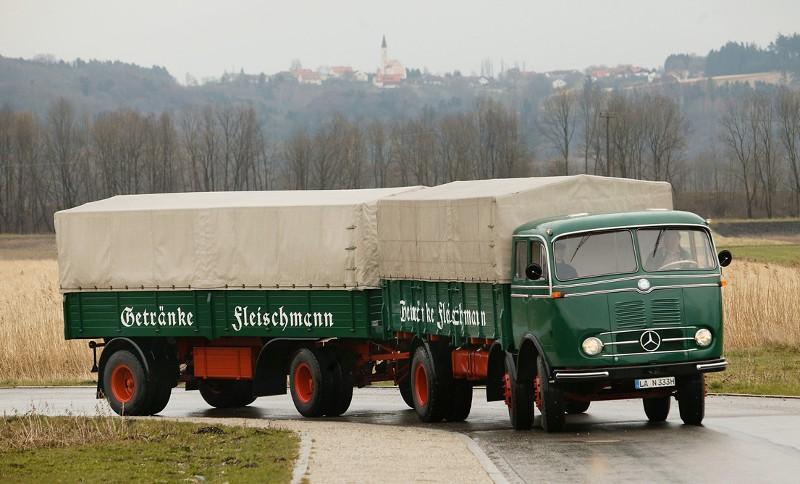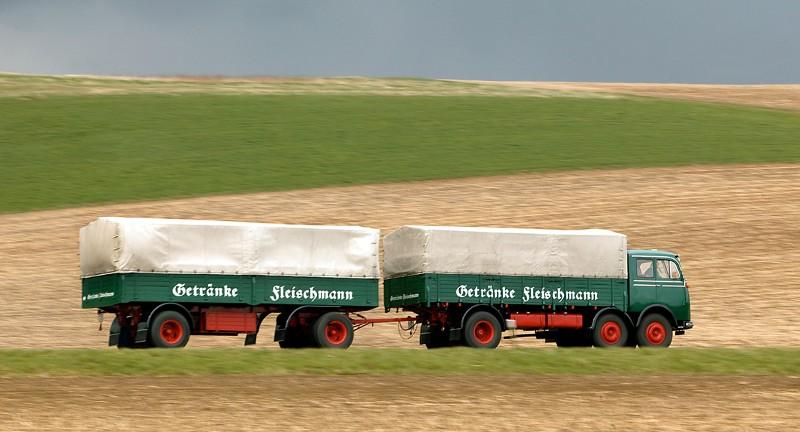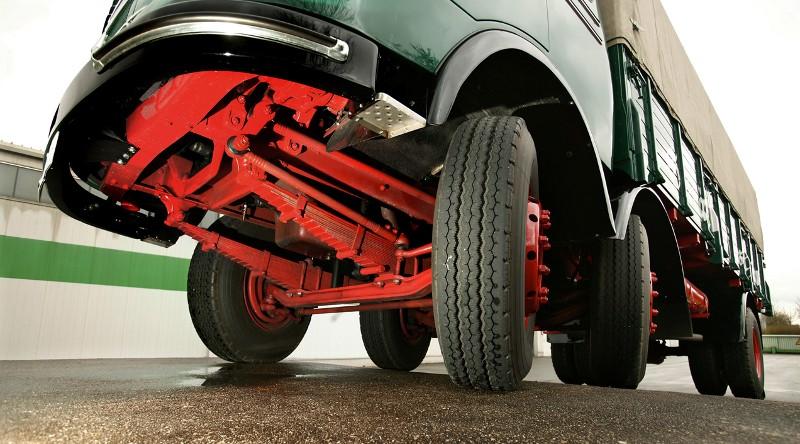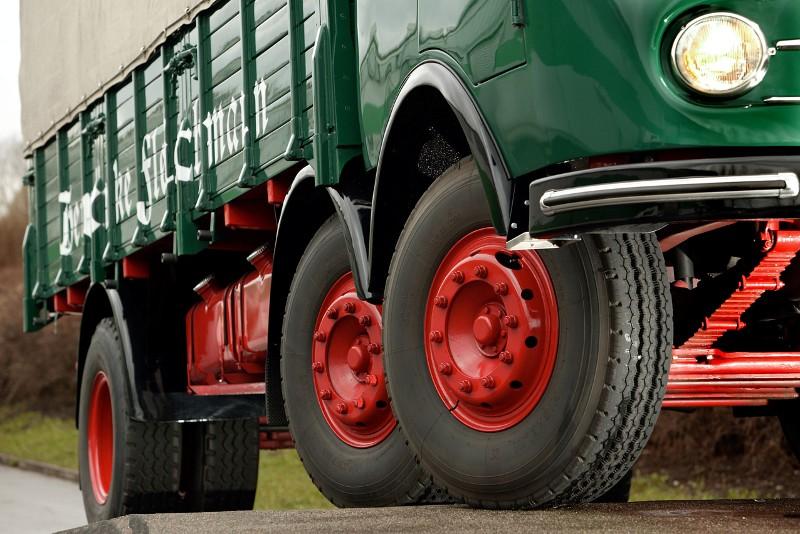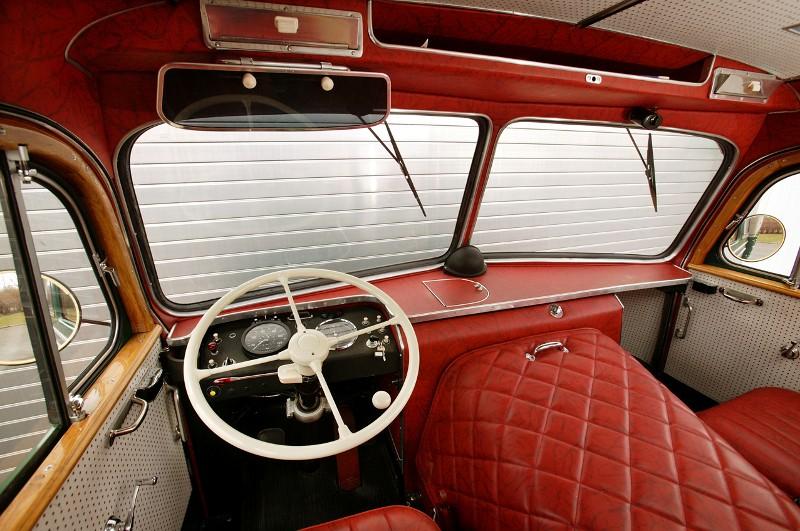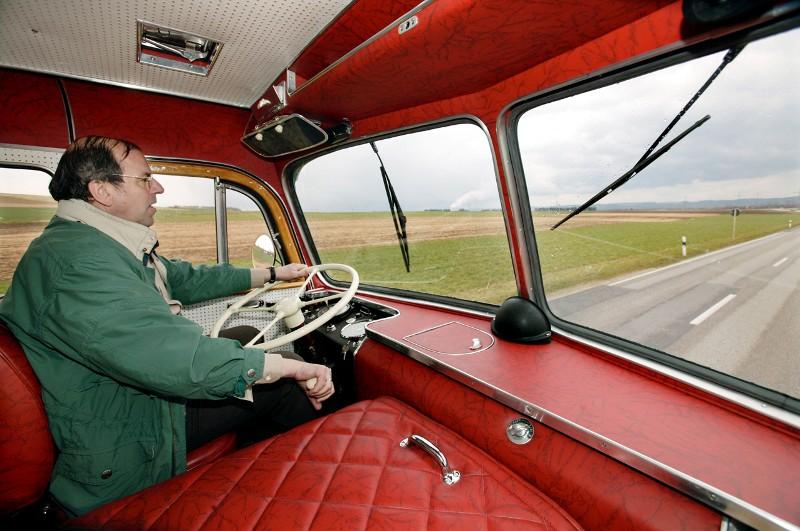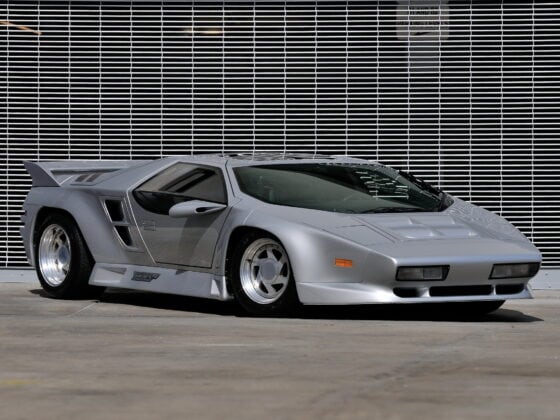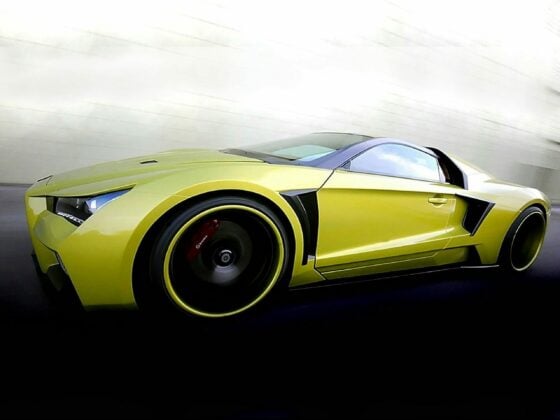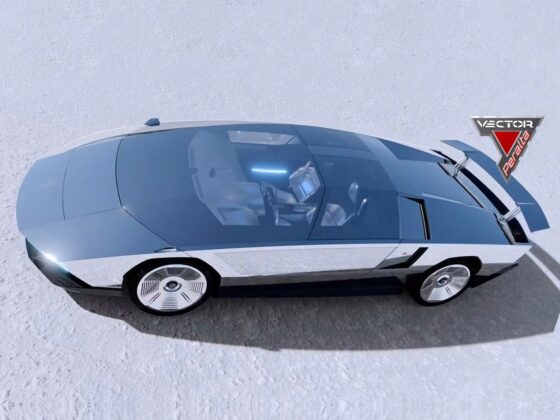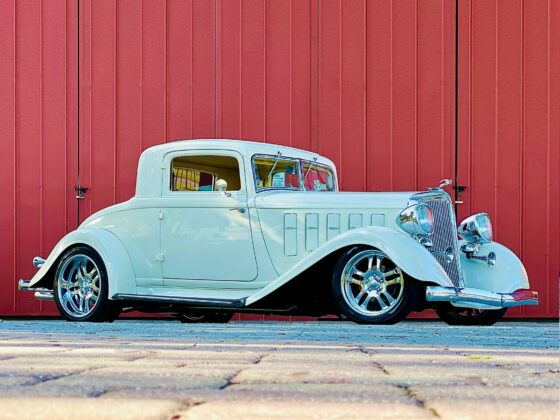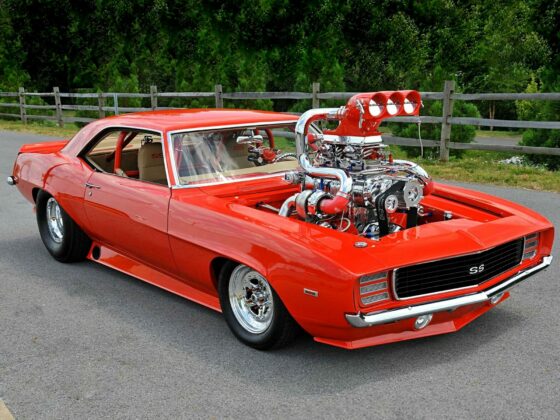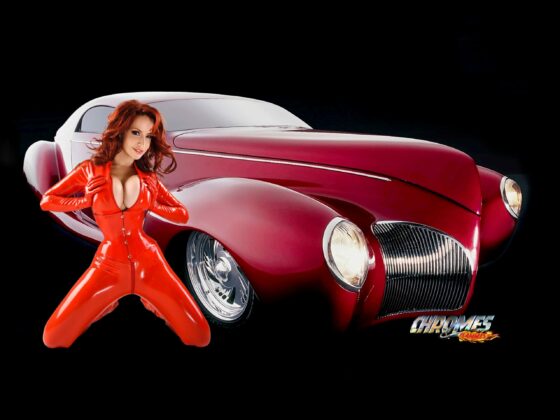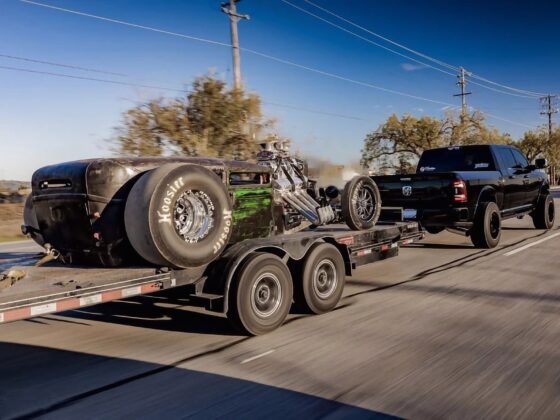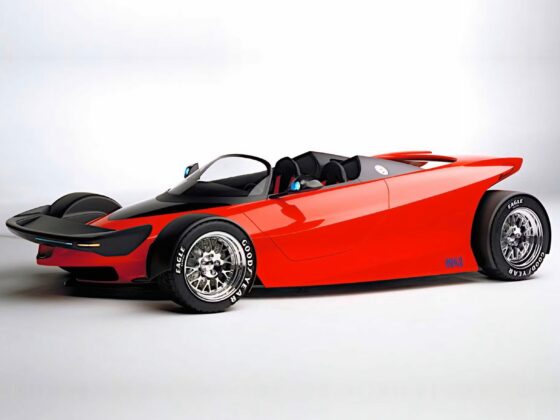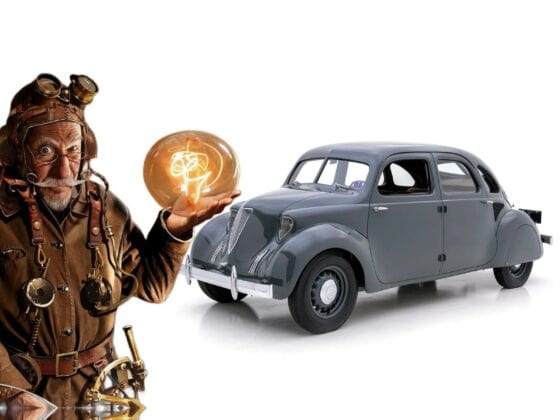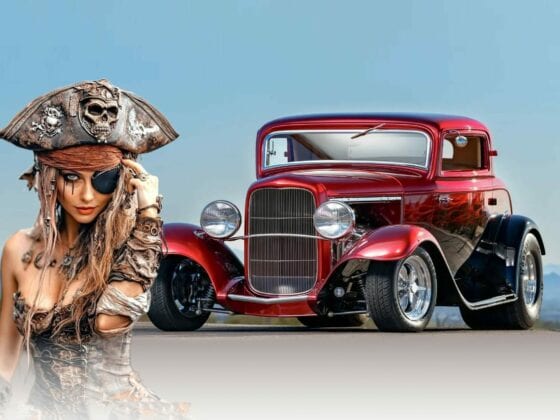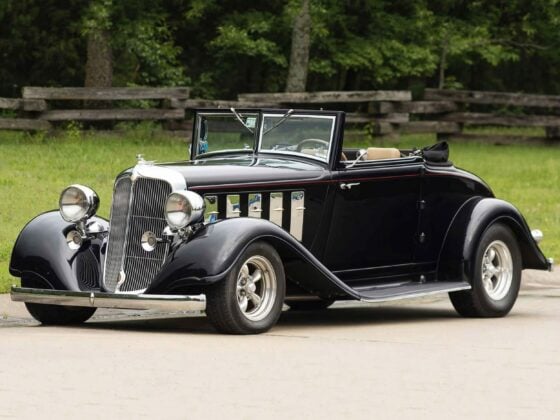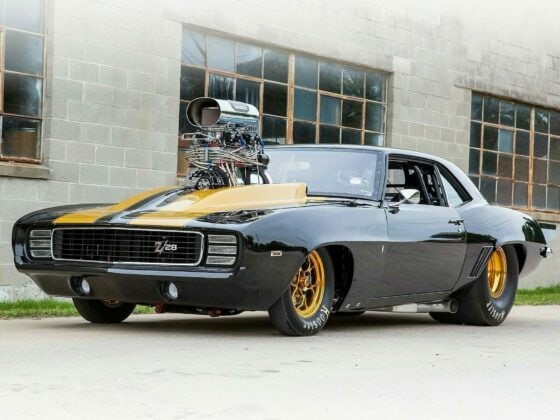1958-61 Mercedes-Benz LP-333…
En 1896, Gottlieb Daimler construit le premier camion de l’histoire.
En cette époque pionnière de l’automobile, le véhicule en question fait plutôt penser à une calèche motorisée… Daimler le fait livrer à Londres…, déjà en cette fin du XIXe siècle, le transport se joue des frontières.
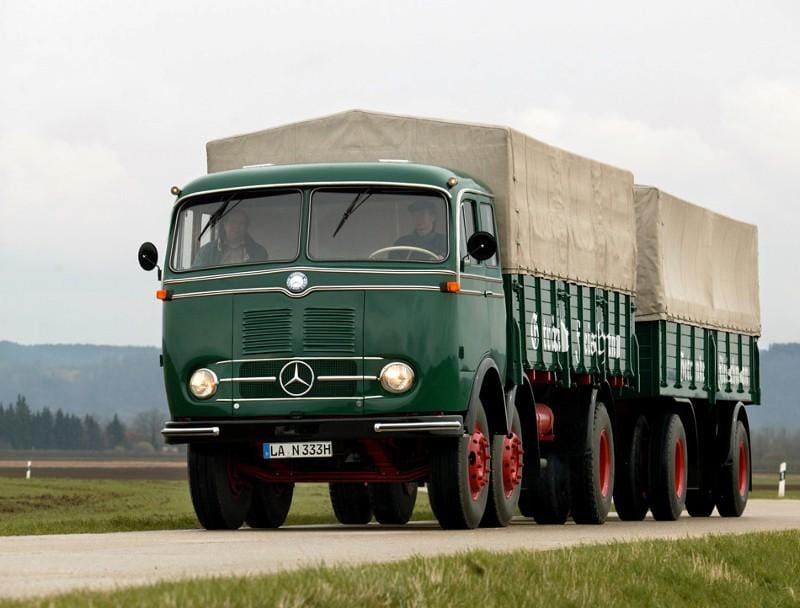
De la Süddeutsche Automobilfabrik à Freightliner…
Comme l’automobile, le camion met Gottlieb Daimler et Karl Benz en concurrence.
Tandis que Daimler construit son premier camion, Benz, lui, travaille sur ce qu’il appelle une voiture de livraison, ancêtre des utilitaires légers et autres camionnettes actuelles.
En 1923, soit trois ans avant que les deux entreprises ne fusionnent, l’un et l’autre mettent chacun au point un camion à moteur diesel.
L’histoire des camions à l’étoile est aussi une histoire de fusions et d’absorptions.
Ainsi, nombreuses sont les marques renommées de l’histoire du camion à s’être fondues dans ce qui allait devenir l’actuel groupe Daimler AG.
La première de ces reprises a lieu dès 1911, lorsque Benz rachète la Süddeutsche Automobilfabrik (SAF) de Gaggenau.
Plus tard, ce sera au tour de certaines parties de Auto Union, puis de Hanomag-Henschel, de Krupp et de Freightliner, autant de noms qui auront contribué au succès que connaissent aujourd’hui les véhicules industriels Mercedes à travers le monde.
L’histoire des camions Mercedes-Benz riche en moments forts a vu naître de nombreux véhicules dont la simple mention fait se dresser l’oreille des connaisseurs.
Ainsi, dès 1898, un camion à transmission par engrenages et à radiateur en nid d’abeille (une invention de Wilhelm Maybach, proche collaborateur de Daimler) fait son apparition.
En 1923, c’est au tour des premiers camions diesel, tandis que les premiers camions à châssis surbaissés facilitent le chargement.
Le LO 2000 de 1932 est connu comme le premier camion de faible tonnage à être équipé en grande série d’un moteur diesel.
Les lourds modèles L 6500, L 8500 et L 10000 font quant à eux véritablement sensation au milieu des années 30.
L’après-guerre est synonyme de succès pour la Daimler-Benz AG, grâce à des modèles comme le L 3500 et ses nombreux dérivés, ou comme l’Unimog.
Le lourd L 6600 s’élève au rang de référence en matière de camions de forte puissance.
Des constructions originales, telles que le LP 333 aux deux essieux avant directeurs, ne font pour leur part que suivre une législation tout aussi originale dans les années 1950.
Ce sont d’ailleurs les mêmes contraintes qui président à la naissance des camions à capot court, suivis des camions à cabine avancée de la série LP, qui sonnent le glas des camions à capot moteur en Europe.
Sur les camions des générations NG (Nouvelle Génération), LK (Leichte Klasse) et SK (Schwere Klasse), les cabines avancées sont depuis bien longtemps standard, de même que le passage au capot court sur les utilitaires légers, initié en 1977 par ceux de la série T1.
A technologies nouvelles, noms nouveaux : Vito, Sprinter, Vario, Atego, Actros : depuis 1995, tous les nouveaux utilitaires légers et camions portent des noms.
Ces véhicules sont l’occasion pour Mercedes-Benz de lancer un programme de renouvellement sans précédent.
La marque renouvelle en effet chacune de ses séries dans son intégralité… et ce avec une rapidité encore jamais vue, permettant le passage à des systèmes d’avant-garde de régulation électronique de la chaîne cinématique et des freins de faire leur entrée en scène.
Ceux-ci font faire un véritable bond en avant technologique à l’ensemble du secteur des véhicules industriels.
The three-axle LP 333 sixteen-tonner was a made-to-measure truck – an adroit response to the dimensional and weight restrictions introduced in 1958 and a configuration that stood out for its maximum payload capacity. It also helped the cab-over-engine principle to its breakthrough.
Like no other truck, this model symbolized the transition from so mewhat anarchic haulage in the post-war years to a continuously more streamlined and well-structured transportation business that has long since become a science in its own right under the generic term ‘logistics’. As a made-to-measure truck that made the best of the given framework conditions, the LP 333 and its novel feature of two steered front axles inspired a host of other special solutions ex factory – solutions which are state of the art in modern trucks .
At the time, however, resources were limited, and little experience had as yet been gained with the new cab-over-engine design . Just one narrow step, positioned at a lofty height ahead of the front axle, is all there is to help you climb into the cab, for instance. This demands long arms and tricky t wists of the body for the driver to heave himself upward. Getting in is no easy exercise and getting out even more hazardous.
However, once the driver has settled behind the four-spoke steering wheel, the LP 333 pampers him with unparalleled ride comfort. A truck like the LP 333, blessed with two front axles, takes even rough bumps in its stride with aplomb. For the driver, this means a high level of ride comfort. Many a present-day articulated truck driver would be grateful for this heavenly suspension com fort . And today’s spoilt drivers would have nothing to criticize about the LP 333’s steering behavior, either .
Admittedly, the engine tunnel bulges conspicuously into the cab, and does little to dampen the sound of the 192 -200 hp pre-chamber combustion engine . This eleven-liter six-cylinder in-line engine produces an earthy sound even in idle. The LP 333 was designed for a gross combination weight of 32 tons, and it complied with the contemporary legal stipulation of at least six hp per ton with bravado .
In touch with the engine and its pulse – that was the price to be paid for this compact but otherwise highly modern cab-over-engine design. The driver of the LP 333 was pals with his truck’s engine. Since the cab was still rigidly mounted to its frame, the engine tunnel had to be tiltable and demountable to permit engine oil checks and work on the engine.
The cab-over-engine design took its time in gaining a foothold in Germany in the 1950s before it experienced a sudden boom in 1958, caused by the restriction of combination length. The LP 333 proved to be a highly modern representative of its kind, and not only by dispensing with a nose which has disappeared almost completely today. Its single-plate dry clutch, for instance, required astonishingly low pedal pressure. Little strength was equally required for turning the almost horizontal, ivory-colored four-spoke steering wheel.
A glance at the gauges conjures up nostalgic feelings; they are the same color as the large number of knobs in the instrument panel, which have to be pulled and pushed, just like the stops of an organ. Times were different and gauges weren’t the same as we know them today, as exemplified by the round cluster with indicators for water as well as brake and oil pressure: In the LP 333, oil pressure is still indicated in kilograms per cubic centimeter .
The instrument panel of the LP 333 also features a number of warning lights already. The most original of these is probably the lance-shaped, sputnik-like tip of the indicator lever on the left, which flashes in a reddish shade when the indicator is activated. The most advanced warning light (and one that is currently being considered again for trucks with single-tire rear axles) is the yellow light in the left-hand bottom section of the instrument panel, which comes on to indicate insufficient tire pressure. Needless to say, however, the simple mechanical solutions of the 1950s and present-day electronic systems are worlds apart.
In the LP 333’s day and age, spring-loaded parking brakes were far from being state of the art. And so the classic ratchet brake still emerges at an angle on the left-hand side of the engine tunnel; it has to be pulled several times to secure the stationary truck, to the accompaniment of its characteristic sound. To release the parking brake, on the other hand, it is enough to press a small transverse strut with the ball of the thumb, to return the brake shoe on the driven axle, on which the parking brake acts, to its waiting position.
With the standard engine brake, the LP 333 introduced another brake system without which modern trucks would be inconceivable. We are talking about an exhaust flap which generates a build-up in the exhaust manifold, thereby curbing the pistons’ movement and decelerating the vehicle on downhill stretches. The relevant button is projecting from the cab floor in front of the driver’s seat and has to be operated by the driver’s heel.
“Millipede” was the nickname given to the LP 333 with its two steered axles by contemporaries. This new feature in combination with the innocent-looking, nicely rounded cab-over-engine design gave the LP 333 the likable appeal of a cute crawler. Its popularity among the population was correspondingly high – hence the nickname it soon acquired.
Nevertheless, giving the LP 333 its extraordinary design was making virtue out of sheer necessity. In the course of the years, Federal German Transport Minister Seebohm, who had come into office in 1949 and was to stay until 1966, had developed a deep concern with regard to the growing truck traffic in the 1950s. He vented his displeasure in a number of decrees, seen by the haulage trade as substantial restrictions.
It started in 1953 with a ban on the second trailer which had been widely used until then. This ban was introduced together with a shortening of the permissible overall length of a truck-and-trailer combination from 22 to 20 meters. One year later, some 45 percent of the goods previously carried by truck were banned from the road and vehicle and mineral-oil taxes were raised drastically. But this was still not the end of it.
The haulage operators’ world almost collapsed about them when Seebohm amended the road traffic licensing order in 1956, stipulating a reduction of the gross combination weight from 40 to 24 tons and of maximum length from 20 to 14 meters from 1958. Under the new law, trailers were not allowed to be heavier than the truck – exit the combination of two-axle truck (16 tons) and three-axle trailer (24 tons) which had been so popular in Germany until then and was to become widely used again at a later stage. Within the framework of an envisaged “road relief law”, it was also planned to ban 45 percent of the transport volume from the road, to cut road haulage lice nses by 25 percent and to introduced graded tariffs in favor of the railways.
It was bad enough but turned out not quite as bad as had been schemed in the end – and of all things, this had something to do with the found ation of the European Economic Community and European harmonization within the framework of the Treaty of Rome of 1957. Seen from this angle, the German haulage operators were among the first to benefit from the European concept.
The new law left certain loopholes, accompanied as it was by a complex range of transitional regulations. These were systematically exploited in the design of the new LP 333 in order to provide buyers with a maximum of payload capacity and productivity even under these extremely restrictive framework conditions.
The LP 333 used the available scope intelligently. With its two steered front axles, each with a load-bearing capacity of four tons, the LP 333 was considerably lighter than a three-axle truck with two rear axles. With a 16-ton trailer, the LP 333 became a 32-ton combination, thereby giving the customer a payload capacity of a good 20 tons. By comparison, a payload of hardly more than 15 tons was possible with a conventional two-axle truck and trailer.
However, the gagging of truck transport did not last long. The German stand-alone solution was soon abandoned again (comparable restrictions were imposed nowhere else in Europe, which is why Mercedes-Benz continued to produce heavy-duty two-axle trucks for export parallel to the LP 333). As early as 1960, Minister Seebohm relaxed some of the regulations and made substantial concessions where maximum weights and dimensions were concerned.
Although the LP 333 owed its concept to very special circumstances, its three-axle design was to point the way far into the future. The three-axle tractor, the LPS 333 derived from the millipede, served as a model in the design of the extremely successful LPS 2020 tractor introduced in 1966. With its steered forward-trailing axle, it combined perfect handling with minimum tire way in exemplary fashion.
The second half of the 1950s was a hard time for trucks. Minister Seebohm enforced not all chicanes in the pipeline but quite a few of them. This included soaring taxes on heavy-duty trucks and diesel fuel. Seebohm intended to shovel the 1.5 billion deutschmarks requisitioned in this way on to the loss-making railways which were no match for the strong competition. On top of that, a Sunday driving ban came into force in March 1956, and a new transportation tax was levied on own-account transport.
All this was poison for the truck business. Only the articulated truck – a marginal phenomenon at the time – benefited from this situation. With axle loads up to eight tons, it was able to de fy the shortened truck-and-trailer combinations – especially after getting rid of its tax burden which had been imposed back in pre-war years .
Politicians soon backpedaled on the issue. From 1960, a gross combination weight of 32 tons was permitted again – and raised to 38 tons in 1965. This spelt a rapid end for the LP 333 which was replaced by two-axle 16-tonners. In 1961, another 354 units of the LP 333 came off the assembly line, and that was the end of it. Overall, 1,833 units of this special German truck and remarkable made-to-measure solution were produced.







